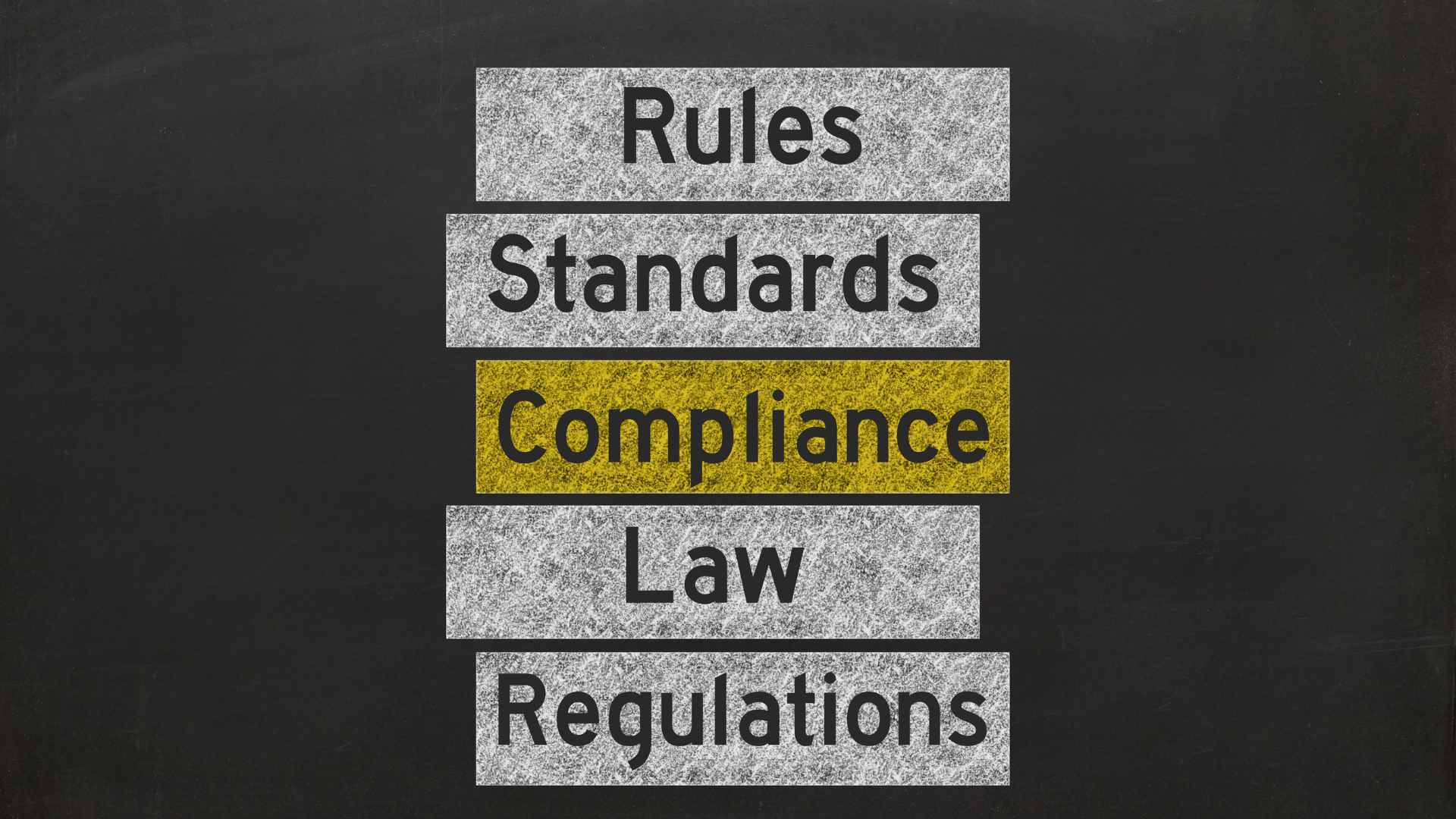VIEW BY TOPIC
- Finding Customers
- Business Systems
- Managing Employees
- Leadership
- Managing Money
Related Posts

Ready to Grow Your Business Fast?
Here’s How I Grew Five Businesses, and Eventually Sold One to a Fortune 500 Company.

Problem employees unavoidably appear in most workplaces and small businesses aren’t exempt. At times, the problems are apparent, like attendance issues or a failure to perform accurately. Other times, a workplace may host a problem and you might not quickly discern the cause.
Most often, you’ll need patience if an unfruitful employee behavior originates from problems at home. Yet, some predicaments are so embarrassing and worrisome that you will require a swift and efficient action to avoid a major loss.
The Financial Toll of Problem Employees
Problem employees aren’t only vexatious, they can further be financially draining for a business. From the cost of recruitment and training to the disturbance and influence on staff morale, problem employees have far-reaching liabilities for any business.
In big companies, they can have striking financial repercussions, and in smaller businesses, it can go as far as endangering the fate of the business if customers leave. Research by the Center for Creative Leadership reveals that such employees can cost a company up to eight thousand US dollars a day by eroding trust, decreasing production and innovation, and reducing the motivation and coherence of their teammates just to name a few.
Ensure Appropriate Workplace Behavior
Therefore as a busy entrepreneur that you are, you’ll definitely need to ensure that appropriate workplace behavior is stressed and reinforced for every employee.
Strong management and leadership are important when people become a problem … because, at some point, people in the workplace will become a problem. Staff members or “employees” – can create difficulties due to issues like their attitude, performance, ethics, or lack of knowledge. This personnel can include salaried employees, temps, consultants, or contractors.
Whatever the case, the employer must act swiftly and efficiently to ensure that their behavior does not wreak havoc on deadlines, morale, and profit.
Five Types of Problem Employees
Here is our take on 5 types of problem employees, and how to get the most out of them.
1. The New Hire
New hires can become the problem employees in your business if proper care is not taken. They’re so needy.
As a rule of thumb, it can take 3 months on the job for new hires to get a feel about how everything operates, who does what, how to perform their job, and their role in the success of your business. As a result, they constantly look for help from supervisors or co-workers or waste a lot of time doing research. Worse yet, they fumble around and end up delivering a poor-quality deliverable that has to be redone. They can’t perform their duties independently without excessive supervision or draining the time of other staff members.

Young or recently hired staff may lack good sense about the right ways to behave … they may waste time playing on the internet, or distracting their co-workers. They may not act appropriately with management, peers, or customers by telling jokes or not being professional. They may take long lunches or hang around in the break room.
Sometimes, these new hires might not be the right workers for your business and are often qualified as ‘bad hires’. Most often, bad hires usually occur when there is an urgency to fill a position promptly, and thus, leading to shortcuts during the recruitment process. The risk associated with hiring a new employee is always present. A comprehensive background screening procedure can reduce this risk by validating the data that applicants provide before hiring them instead of discovering the issues later on. Further, psychometric and personality profiling can help you decide in advance the type of employee you need and then use testing to create the best match.
How do you handle them?
In a fast-paced work setting, on-boarding fresh hires efficiently can be a challenge. However, it’s worth the effort. Usually, an employee’s first month on the task can define how long they serve in your company. It can additionally indicate how well they’ll function while they are a member of your workforce. Taking in new hires and assuming that they will “wing it” tends to pull down the productivity of the whole team. Take out time to handle new hires effectively – a firm on-boarding process decreases administrative work, confusion, and compliance difficulties down the road.
- Welcome new hires with an orientation, led by Human Resources or a supervisor:
-
Conduct an orientation session that provides basic information like:
-
-
- An outline of the company, history, and structure
- Organization charts
- Contact information for key areas
- The layout of their building
- Company mission statement or vision and values
-
Share key behavioral policies or procedures such as:
- Dress code
- Incident reporting
- Attendance/lateness/tardiness
- Internet use
- Data security/confidentiality
-
Show them the resources, guidelines, and rules for doing the work required:
- Safety guidelines
- Online libraries or document repositories
- List of links to internal applications like time-keeping tool
- Document templates and forms
- Tutorials
-
Every new employee will have a gap – a lack of knowledge, training, skill, or whatever. There’s no perfect employee. Beginning a new job with the resources and support will make new hires feel welcome while building the confidence and competence to be more productive.
-
The Critic
The critic employees are quite common. This worker can’t find anything positive to say. They focus only on seeing what’s wrong and sharing that opinion with anyone who will listen.
This type of problem employee comes across as an annoying know-it-all. They seem to find pleasure in pointing out any issue, mistake, or glitch – whether real or perceived.
The Critic presents a challenge in morale, teamwork, and meeting deadlines.
They may think their feedback is helpful but, instead, alienate themselves from teammates, managers, vendors, and (potentially) customers. Negative or discontented employees who criticize the company and its management to fellow workers and even clients can upset morale.
Notwithstanding, most small businesses might, as part of its expanding pains, have a slip up that’s more obvious to employees within the company than outsiders. But extreme public grousing by a worker needs to be checked. 
How do you handle them?
- When the situation merits it, management should pull them aside to commend them for a negative comment that was actually helpful. Thanking them for their contribution should be followed up by counseling them on improving the tone or content of that message; “delivery is everything.” Let them know better ways to present a problem that will get a more positive response and improve team relationships.
- Ask them why they seem to only focus on the negative. Are there problems in the workplace that underlie their need to be critical? If so, engage with the employee to fully understand their perspective and help them to solve a workplace dispute or issue.
- Emphasize your expectations in performance appraisals for this employee to make positive workplace contributions, while reinforcing that identifying a negative should only be the first step; they should also put effort into finding a potential solution.
- Consider how the Critic’s eye for picking up problems can be applied in a useful way. Perhaps they might assist in system testing to identify bugs, or as a safety, inspector to point out gaps in your company safety plan or procedures.
Creating an environment of positivity results from allowing every employee to feel they can air concerns and issues, to have the tools and empowerment to resolve problems, and to think and act independently.
-
The Resistor
Change is a crucial element for personal and professional growth. It is necessary for the growth of every organization. However, if your employee is not open to change- be it mere resistance or outright refusal to change, then there is a likelihood that you have a problem employee.
Regardless of age or gender, this employee doesn’t want things to change. They’ve been doing things the same way for a long time, and don’t see the need to do their job any differently. The Resistor refuses to use new hardware or software. This type won’t follow new processes or methods.
They reject the new way, clinging to the old.
Their modus operandi is to resist change. Period.
How do you handle them?
The initial step is to assure employees of their value to the company. Sympathize with them that most people don’t like change, because it means re-learning, a change in routine, more stress, and being forced to do things differently.
Follow this by letting them know why the change was made. Reassure them that sufficient time will be given to everyone who has to learn about and adopt the new.
Change can be threatening when your expertise in the old way is no longer pertinent. If applicable, tell them that – with time – you fully expect them to be the subject matter expert of the new way.
Be prepared to show them how the change will ultimately make their work easier or faster. Perhaps remind them of a time when the change was made, however long ago, where they mastered the new practice.
Do what’s needed to inspire them to change. To reiterate:
- Express why the change is for the good.
- Let them know everyone has to make this change.
- Encourage them to provide their “expert” feedback.
- Emphasize that their job will become faster and simpler.
- Communicate to them in a professional yet empathetic way.
-
The Maverick
While businesses spend years generating a set of procedures and rule books, it’s unavoidable that every now, and then, an employee will come on and resist to operate the way you want them to. They might have a passive attitude towards timekeeping, a preference not to socialize with fellow workers, or they might just use your rule book as a bunch of tips that can be overridden if they don’t suit them. Such problem employees are hard to manage and are commonly referred to as Maverick.
The maverick employee is that person who likes to do his or her own thing in his/her own way but may have some very special talents. He appears to dance to his own drum, usually slightly out of step with the rest of the team. He tends to be self-governing and hardly fits in with any one group.
This type makes major decisions without engaging with co-workers or management. The maverick is customarily questioning the way things are done, constantly looking for other ways to get things done, even though these diverse ways might not be making any progress. Sometimes, they can choose a software provider without going through the right channels.
Or they change the project plan with no proper approvals. These employees can be perceived as a self-absorbed rebel, doing their own thing to defy the normal process.
While the Maverick may think their fast independent actions are taking the initiative to save time or money, their renegade behavior often does just the opposite. Hard to handle, the maverick seems almost oblivious to the standard restrictions of organizational control, the power of his boss, or even rewards. Hard to manage employees can be quite frustrating although some of them have a very genuine flip side if only the manager can utilize their talents properly while minimizing the difficulty or employee deficit.
Despite all the odds, the maverick has a lot to offer to a business since he frequently serves as the “gadfly” that inspires, or even stirs others to think differently. Conversely, mavericks can also be discerned as pushy, offensive/ obnoxious, and in the most serious cases, they can become regular nightmares for those that must manage them.
How do you handle them?
The general response is usually to take them to one side and talk to them, or maybe to heighten things up the disciplinary stairway. Even so, it’s worth challenging yourself with the following queries about your maverick before taking such a step.
- Is he ingenious at his job?
- Does he produce exceptional results?
- Do the customers like him?
- Does he distract other employees?
- Do other workers feel dissatisfied because he gets treated differently?
- Are our customs faulty?
Observe that while decisiveness can be a good trait, it’s not the culture of this work when it affects the budget, the team, or other resources. Decisions must be made using established protocols – and that typically means the proper paperwork, due diligence, assessments, and approvals.
Follow up activities:
- Reiterate company standards and practices they must follow (may necessitate that employee retake a class or tutorial)
- Discuss and document suitable goals to re-establish trust with peers, co-workers, and managers
- If appropriate, give them a written warning that such actions are detrimental to company policies or processes and, if continued, may lead to further disciplinary action
- Explore gaps in culture, processes, or policies that allowed this to happen
The truth is that it is often the mavericks who bring up the best ideas in a business. Certainly, nobody desires a maverick nuclear power station technician, a defiant heart surgeon, or a wacky aeronautics engineer. But if you’re in the inventive company or any other business where overlooking the rule book won’t lead to a loss of life, it’s often worth reflecting twice before disciplining the off-the-wall personalities.
History is filled with prominent men and women who founded businesses or made life-changing inventions merely by thinking differently. Several of these great men and women emerged from backgrounds that include rejection by straight-thinking individuals who surrounded them.
The reality is that mavericks are usually exceptionally gifted people who just view things differently and do not place much attention in “the way the things have always been”. Even so, this is not to declare that we should manage anyone who doesn’t act by the rules as a genius. Of course, there exist numerous lazy employees out there who are simply rebellious for the sake of it as well as those who have issues outside work that are affecting their capacities to perform their jobs accurately. They all need to be dealt with appropriately.

-
The Under-Performer
The under-performer employees can show up for work but are virtually absent. This problem employee type has little motivation or commitment. Lacking engagement in their job, the under-Performer tries to “fly under the radar.” They may check off the box on a task, but only put the bare minimum effort into it. They deliver tasks late or stall for more time.
However, the under performance of some workers is pretty evident, for instance, not accomplishing work tasks or only performing half the task. Other causes of subpar performance might be more difficult to pinpoint.
For example, is the worker who constantly complains but performs his/her obligations an under performer or merely a proficient co-worker with a snarky character?
In your supervisory role as a manager, you’ll need to use your best discretion to measure what qualifies for satisfactory performance at your company. A common rule of thumb is the one who fails to meet agreed-upon expectations, who skirt corporate policies as well as s/he who exhibits negative responses – all of which fall within the classifications of under performance.
Though the signs of under performance are comparatively simple to spot, their underlying reasons are not. A low-performance worker might be reacting to a lack of upward progress in the company. Or she could be overwhelmed by private stress or repetitious/monotonous duties. Take time to discover the underlying cause for each of these problem employees so you can better understand how to go about managing the situation.
How do you handle them?
When your colleague under performs, you have the choice of looking the other way. But when you’re the company manager, you’re in a different situation entirely. As a boss, you’re required to deal efficiently with under performers — either by dismissing the under performers or assisting them to improve. Sounds tough right? But it isn’t, with the right blend of patience, leadership, and discernment, you can handle your direct reports to success and evade the spread of noxious under performance to other workers.
Consider the possible reasons for their lack of sub-standard performance:
- A recent bad performance review
- A contentious relationship with co-workers or management
- A stressful or taxing project or effort
- Personal problems (relationships, finances, grief, etc.)
- Medical issues
- No longer feels their work or skills are valued
Engage with the employee to first communicate that you value their contributions. Next, ask open-ended questions to determine what may be causing the under performance:
- Is there anything you need to do your job better?
- Do you think your manager appreciates all that you do or can do?
- Are there any problems at home or work that you could use help with?
- If you were in charge, what changes would you make?
Give the employee as much opportunity to share what’s on their mind while letting them know you understand that everyone struggles from time to time. If needed and available, offer a referral to a Human Resources representative or third-party Employee Counselor for assistance.
Leadership should always seek to lead employee members to a higher level of engagement to increase productivity, customer satisfaction, morale, and profit. Meanwhile, optimum engagement will reduce missed deadlines, morale issues, and loss of reputation.
Improving engagement relies on management’s ability to investigate, communicate, empathize, and lead employees to an improved outlook on themselves and their work environment.
When facing problem employees, take time to consider if your company is truly providing what employees need to thrive.
- Are we giving them the right information, guidance, and tools at the right time?
- Have we provided clear directions and expectations?
- Are we furnishing the appropriate feedback and rewards?
- Have we created a culture in which people are engaged and motivated?
Conclusion
Ensure the success of your business by helping your problem employees to be successful. Understanding that behavioral problems will occur, listening to the problem employee’s story, and having an approach to overcoming these problem types will help you maintain balance, stability, and productivity.














